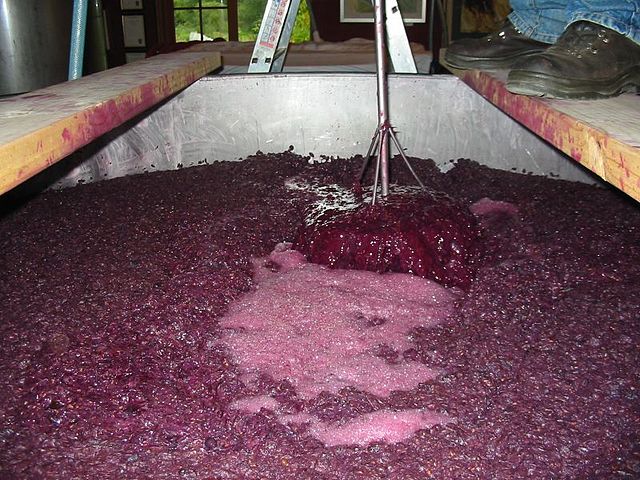The aging of wine is potentially able to improve the quality of wine. This distinguishes wine from most other consumable goods. While wine is perishable and capable of deteriorating, complex chemical reactions involving a wine's sugars, acids and phenolic compounds can alter the aroma, color, mouthfeel and taste of the wine in a way that may be more pleasing to the taster. The ability of a wine to age is influenced by many factors including grape variety, vintage, viticultural practices, wine region and winemaking style. The condition that the wine is kept in after bottling can also influence how well a wine ages and may require significant time and financial investment. The quality of an aged wine varies significantly bottle-by-bottle, depending on the conditions under which it was stored, and the condition of the bottle and cork, and thus it is said that rather than good old vintages, there are good old bottles. There is a significant mystique around the aging of wine, as its chemistry was not understood for a long time, and old wines are often sold for extraordinary prices. However, the vast majority of wine is not aged, and even wine that is aged is rarely aged for long; it is estimated that 90% of wine is meant to be consumed within a year of production, and 99% of wine within 5 years.

Bottles of wine aging in an underground cellar
During antiquity, amphorae like these were used to store wine and sealing wax made it possible to age the wine.
Bottles with cork closure reinvented the process of wine aging.
The Italian wine Tignanello is a blend of Sangiovese, Cabernet Sauvignon and Cabernet franc – varieties which usually have aging potential.
The phenolic content in wine refers to the phenolic compounds—natural phenol and polyphenols—in wine, which include a large group of several hundred chemical compounds that affect the taste, color and mouthfeel of wine. These compounds include phenolic acids, stilbenoids, flavonols, dihydroflavonols, anthocyanins, flavanol monomers (catechins) and flavanol polymers (proanthocyanidins). This large group of natural phenols can be broadly separated into two categories, flavonoids and non-flavonoids. Flavonoids include the anthocyanins and tannins which contribute to the color and mouthfeel of the wine. The non-flavonoids include the stilbenoids such as resveratrol and phenolic acids such as benzoic, caffeic and cinnamic acids.
The phenolic compounds in Syrah grapes contribute to the taste, color and mouthfeel of the wine.
The process of maceration or extended skin contact allows the extraction of phenolic compounds (including those that form a wine's color) from the skins of the grape into the wine.
Tempranillo has a high pH level which means that there is a higher concentration of blue and colorless anthocyanin pigments in the wine. The resulting wine's coloring will have more blue hues than bright ruby red hues.
Fermenting with the stem, seeds and skin will increase the tannin content of the wine.








